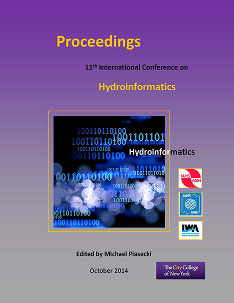Document Type
Presentation
Publication Date
8-1-2014
Abstract
The atmospheric numerical models have known great advances with the ongoing development of numerical weather prediction and computing resources. The spatial and temporal resolution of the global atmospheric models has improved and therefore, the accuracy and reliability of their results have substantially increased. Emphasis was made on the improvement of models dynamics and physical aspects, but also on data assimilation and input data diversification using new numerical schemes and new physical parameterizations that better assess the small-scale weather phenomena. However, these models were not able to overcome their physical limitations and therefore, some small-scale processes are far from being thoroughly apprehended. To overcome these limitations, new numerical models applied to limited areas and finer scale numerical weather models have been developed including additionally, the microphysics of clouds, atmospheric chemistry and soil characteristics (vegetation index, albedo, roughness property, etc). The outputs of atmospheric models, particularly in the field of precipitation , is the main input of hydraulic numerical models and flood warning systems. Better control of the rainfall forecasts, especially during extreme weather events, will have a positive impact in improving the quality of numerical hydraulic models predictions. The present study illustrates, through two recent cases studies that have affectedMorocco, a real demonstration of the contribution of fine-scale atmospheric numerical models. The analysis focuses on the prediction of precipitation taking into account that the studied cases have been the source of important urban flooding. The study also provides a flow diagram of coupling the fine-scale atmospheric numerical models used in the national meteorological service and the hydrological numerical models and flood warning systems used by Moroccan river basin agencies.



Comments
Session R35, Modeling of Urban Flooding I